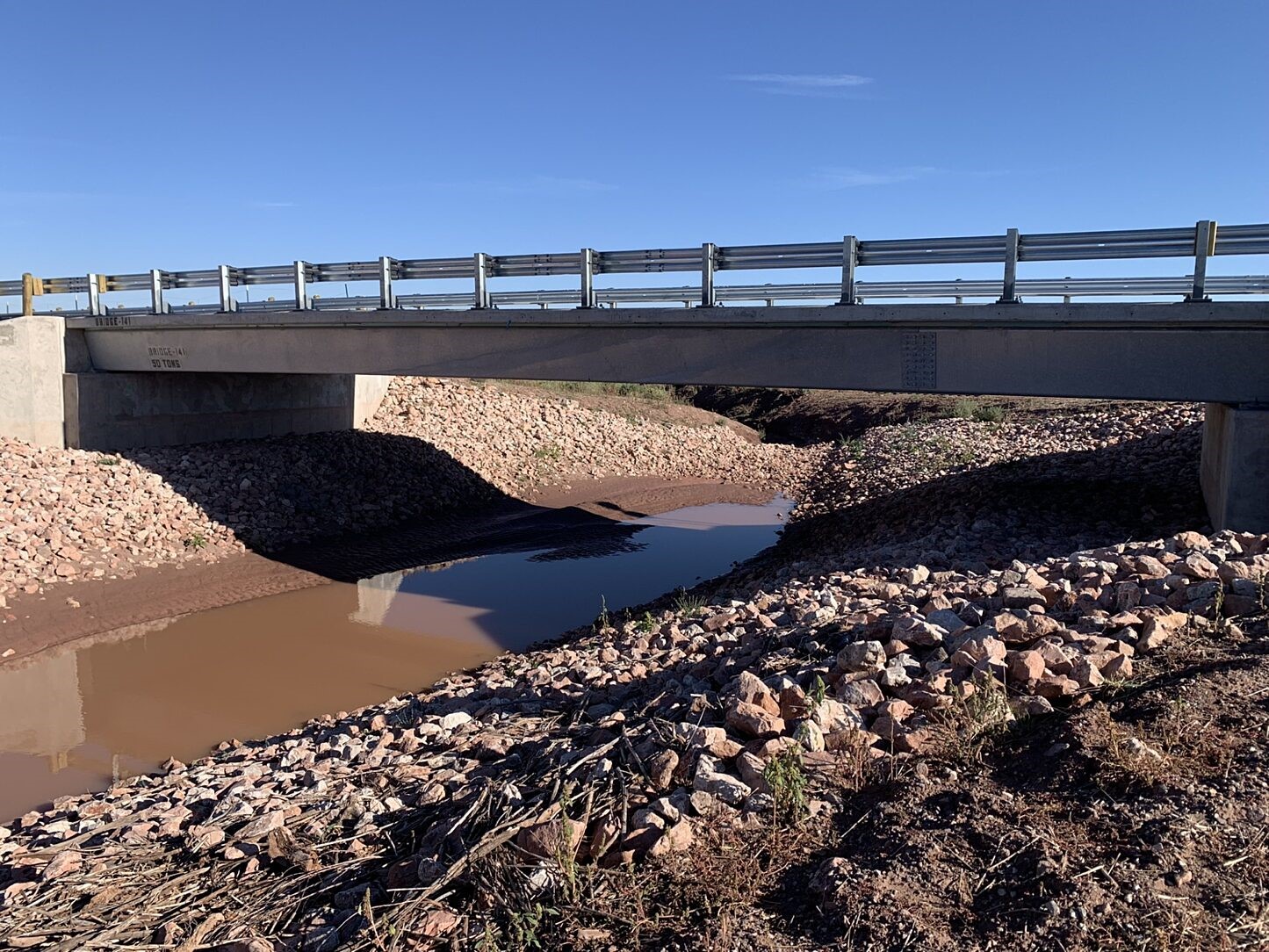GALLUP, NM UNITED STATES 2022
Valmont Coatings - Valley Galvanizing
As a natural and abundant element, zinc doesn’t pose a threat to the soil or ground water like a painted coating would.
The Fort Wingate Military Installation has a colorful yet controversial history. Prior to the mid-1800s, the fort’s location was significant to the Native people inhabiting the land long before the Federal government acquired it through the treaty of Guadalupe in 1848. The fort was originally established as part of a campaign against the region’s Navajo population and, after the raids were subdued 20 years later, it operated primarily as a police force for the Navajo reservation and surrounding area. In the 1900s, the fort played a significant role in the World Wars as a major weapons depot. Most notably, the Navajo code talkers who trained at Fort Wingate are credited with shifting the tides of WWII by creating a code based on the Navajo language.
As a natural and abundant element, zinc doesn’t pose a threat to the soil or ground water like a painted coating would.
In 1993, Fort Wingate’s final mission ended, and the government determined it was no longer needed. Today, the land is undergoing environmental cleanup to transfer all suitable land to the Bureau of Indian Affairs (BIA) to benefit the Pueblo of Zuni and Navajo Nation. The land has been divided into parcels for cleaning up hazardous contaminated soil and unexploded munitions. To support the clean-up efforts and continued use of parcels reprogrammed by the Department of Defense, deteriorating bridges required replacement.
For the first bridge, the US Army Corps of Engineers originally specified a three-sided concrete arched culvert. When they learned about press-brake formed steel tub girders, they approached a well-known fabricator to learn more about the alternative option. When they found out the steel tub girder would not only increase hydraulic flow but also come at a lower cost, the decision was simple. By the end of 2020, Weldin Construction was under contract with USACE, and the design process commenced.
The 70’ span x 25’ wide bridge had to be designed to comply with NMDOT Standard Specifications, utilize NMDOT Standard Steel Railing, and accommodate MLC 50 (Military Class) tracked vehicles. After rigorous design review by LBTD Engineering and USACE, the U-BEAM™ press-brake-formed steel tub girder design was approved for fabrication. After fabrication and hot-dip galvanizing, the steel U-BEAMs were sent to Tricon Precast for the precast deck installation. The complete units were shipped to the installation site on April 11th, 2022, and due to the accelerated construction design, they were installed the following day.
Hot-dip galvanizing is the finish specified for all U-BEAM™ Bridge projects. Although steel is a lighter construction material compared to concrete, it is susceptible to corrosion. This is especially concerning in infrastructure projects where safety is a top priority. The metallurgically-bonded zinc coating developed through hot-dip galvanizing provides extremely durable barrier protection that completely isolates the steel from the environment. Even if damage creates a void in the coating, zinc’s sacrificial properties will preferentially corrode to protect the underlying steel. Finally, after exposure to the environment’s wet and dry cycles, a patina develops on the surface to protect the zinc coating as well. These characteristics provide long-lasting protection that can extend product life by decades, and the U-BEAM™ boasts a 75-year expected lifespan on the hot-dip galvanized coating, plus additional service years on the underlying steel.
An additional benefit of hot-dip galvanizing for this specific project is sustainability. As an active environmental clean-up site, it was important new contaminants would not be introduced to the area. As a natural and abundant element, zinc doesn’t pose a threat to the soil or ground water like a painted coating would. With minimal maintenance required over the life of the structure, heavy equipment fumes and VOC’s will not be a concern. At the end of its service life, the entire galvanized steel structure is 100% recyclable and can be repurposed for new projects.
Through all the hardship that occurred at Fort Wingate in the past, a valuable partnership and ally with the Navajo and Zuni people eventually developed. Although we can’t change the past, we can move forward in peace and harmony. Transferring back lands with historic meaning to our Native American neighbors is a great step in the right direction, but the environmental clean-up and overall restoration of the area is necessary to ensure the safety of residents long into the future.
This project was powered by a CIC Pittsburgh Galvanizing furnace.
